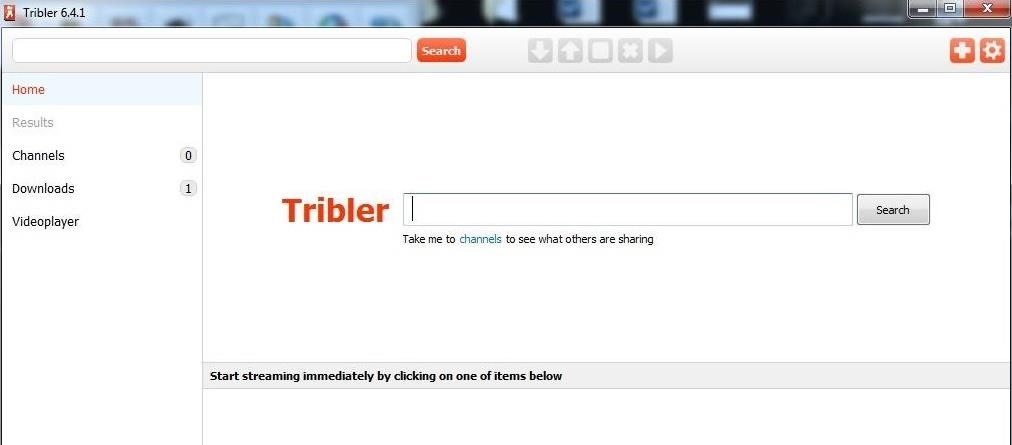Torrents Hacker Experience 1
How to Identify a Dangerous Cult. It starts innocently: Maybe the new guy at work asks you to play bass in his indie rock band. A friend- of- a- friend invites you to. Never log into this site if you are not 100% sure nobody is hacking your server. Always clean your log instantly after logging into it. First International Bank: a place to store money. Don't log into your account there though, it is not safe and just logging in will get you robed. Phase 1 tip: create a BTC account.

A critical vulnerability has been discovered in the widely used Transmission BitTorrent app that could allow hackers to remotely execute malicious code on BitTorrent users' computers and take control of them. The vulnerability has been uncovered by Google's Project Zero vulnerability reporting team, and one of its researchers Tavis Ormandy has also posted a proof-of-concept attack—just 40 days after the initial report. Usually, Project Zero team discloses vulnerabilities either after 90 days of reporting them to the affected vendors or until the vendor has released a patch. However, in this case, the Project Zero researchers disclosed the vulnerability 50 days prior to the actual time limit because Transmission developers failed to apply a ready-made patch provided by the researchers over a month ago. 'I'm finding it frustrating that the transmission developers are not responding on their private security list, I suggested moving this into the open so that distributions can apply the patch independently. I suspect they won't reply, but let's see,' Ormandy said in a published Tuesday.
Proof-of-Concept Exploit Made Publicly Available The published by Ormandy exploits a specific Transmission function that lets users control the BitTorrent app with their web browser. Casmate Driver. Ormandy confirmed his exploit works on Chrome and Firefox on Windows and Linux (Fedora and Ubuntu) and believes that other browsers and platforms are also vulnerable to the attack.
Transmission BitTorrent app works on server-client architecture, where users have to install a daemon service on their systems in order to access a web-based interface on their browsers locally. The daemon installed on the user system then interacts with the server for downloading and uploading files through the browser using JSON RPC requests. Ormandy found that a hacking technique called the 'domain name system rebinding' attack could successfully exploit this implementation, allowing any malicious website that user visits to execute malicious code on user's computer remotely with the help of installed daemon service. Here's How the Attack Works: The loophole resides in the fact that services installed on localhost can be manipulated to interact with third-party websites. 'I regularly encounter users who do not accept that websites can access services on localhost or their intranet,' Ormandy wrote in a, which includes the patch.
Comments are closed.